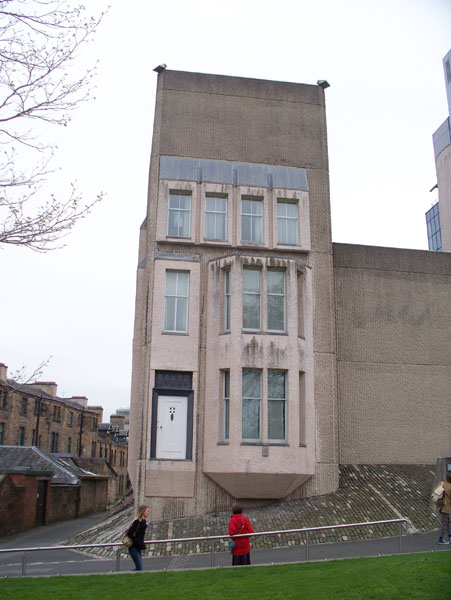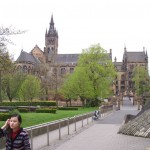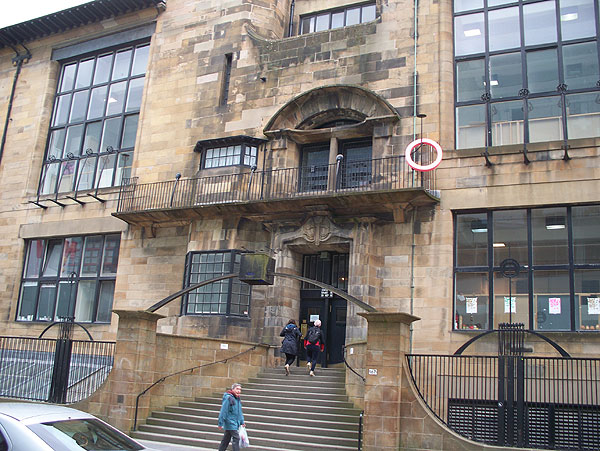
The gallery contains masterpieces by Rembrandt, Rubens, Chardin and Stubbs, and the world’s largest permanent display of the work of James McNeill Whistler. There is a significant Scottish Colourist collection, and works from the Glasgow Boys (and Girls).
Major examples of Scottish art from the 18th century to the present are on display. These include portraits by Ramsay and Raeburn, genre studies by Wilkie, impressionistic works by the Glasgow Boys, vivid landscapes, still-lives and figurative paintings by the Scottish Colourists, and paintings by leading 20th century artists and sculptors including Joan Eardley, Anne Redpath, Robin Philipson, Eduardo Paolozzi and William Turnbull.
Adjacent to the Gallery is a concrete replica of Rennie Mackintosh’s house at 78 Southpark Avenue, Glasgow (now part of the University site), with the original interiors re-installed. The replica enjoys almost the same views and pattern of natural lighting as the original. Service areas of the original house are not replicated.
The original house was demolished in the 1960’s as structurally unsound and new University buildings built over the site.
The original was built in the mid-19th century and remodelled by Mackintosh who lived in it from 1906 to 1914. The interiors with their typical Mackintosh features, and including a white fitted carpet, were clearly very modern for the Edwardian period.
(More recently, a house at 78 Derngate, Northampton with interiors by Mackintosh was restored at considerable cost.)
The Gallery and Mackintosh House (accessible by guided tour from within the Gallery) are both well worth a visit.
The nearest Subway stops are Kelvinbridge and Hillhead.
Bus 4,4A. No free parking.


